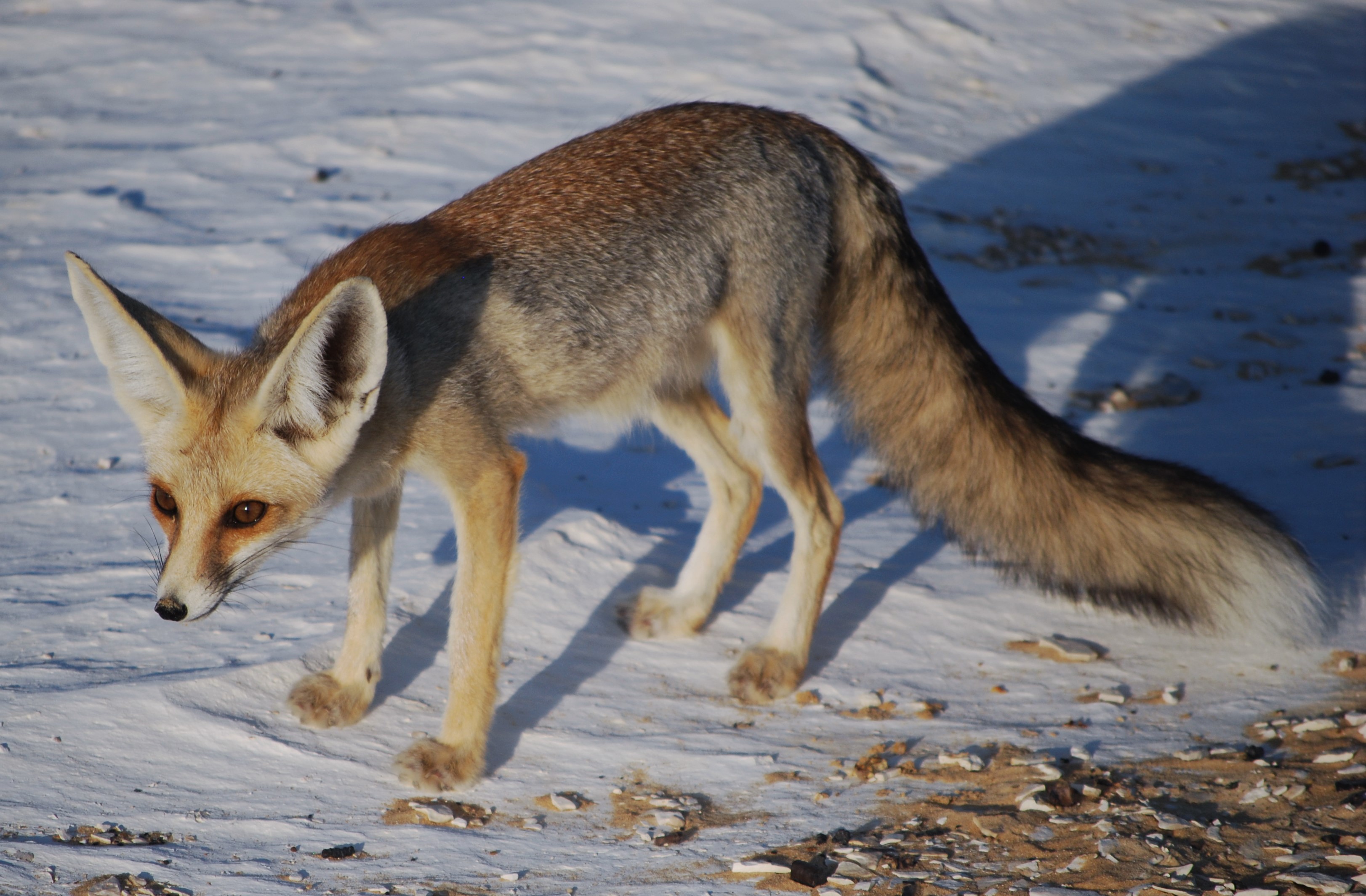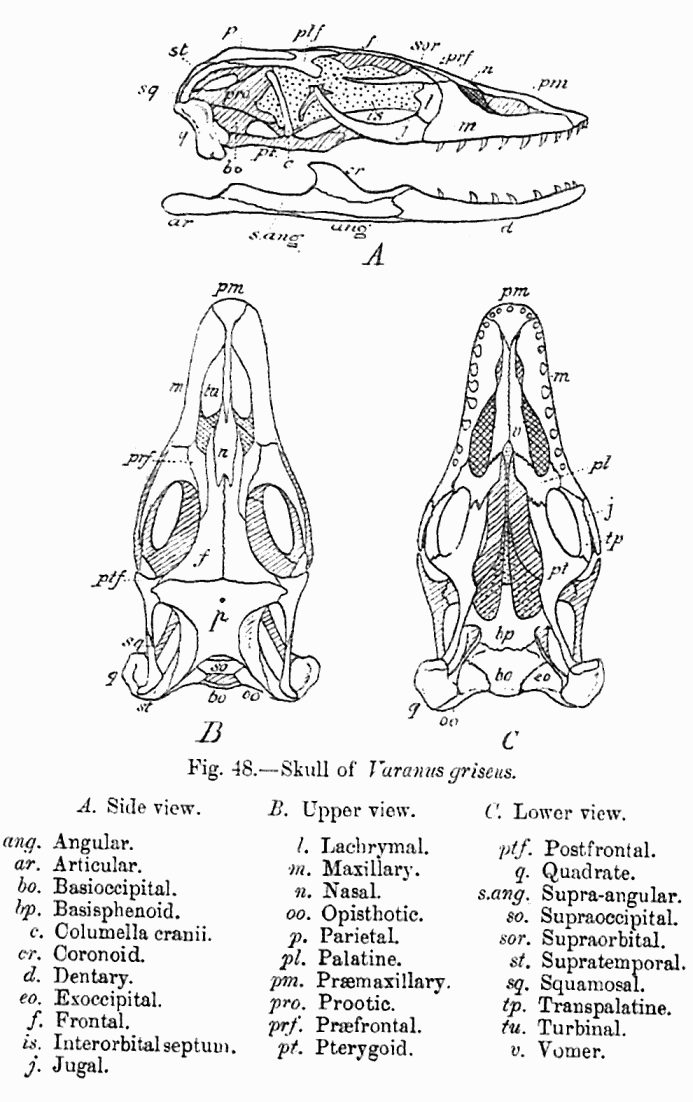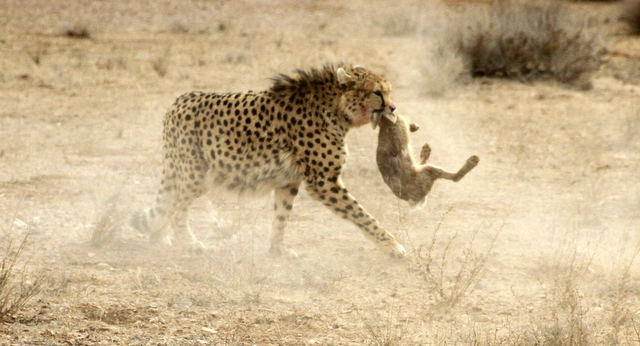|
'Uruq Bani Ma'arid
Uruq Bani Ma'arid ( ar, عروق بني معارض) is a protected area in southern Saudi Arabia, located on the western edge of the Rub' al Khali (Empty Quarter), the largest sandy desert in the world. The protected area is divided into three sections; a core nature reserve; a zone where controlled grazing is permitted; and a hunting zone. 'Uruq Bani Ma'arid is in an area in which the Arabian oryx used to live before it became extinct in the wild. The reserve has been chosen for the reintroduction of oryx that have been bred in a captive breeding programme. It has also been selected as being suitable for the re-establishment of herds of Arabian sand gazelle (''Gazella subgutturosa marica''), mountain gazelle (''Gazella gazella'') and ostrich (''Struthio camelus''), all of which have historically inhabited the area. Geography The site of this protected area extends from a latitude of 19°30'N and longitude of 45°30'E, to a latitude of 19° 10'N and longitude of 45° 15'E, with a ... [...More Info...] [...Related Items...] OR: [Wikipedia] [Google] [Baidu] |
Rub' Al Khali
The Rub' al KhaliOther standardized transliterations include: / . The ' is the assimilated Arabic definite article, ', which can also be transliterated as '. (; ar, ٱلرُّبْع ٱلْخَالِي (), the "Empty Quarter") is the sand desert (erg) encompassing most of the southern third of the Arabian Peninsula. The desert covers some (the area of long. 44°30′−56°30′E, and lat. 16°30′−23°00′N) including parts of Saudi Arabia, Oman, the United Arab Emirates, and Yemen. It is part of the larger Arabian Desert. Description Terrain The desert is long, and wide. Its surface elevation varies from in the southwest to around sea level in the northeast. The terrain is covered with sand dunes with heights up to , interspersed with gravel and gypsum plains. The sand is of a reddish-orange color due to the presence of feldspar. There are also brackish salt flats in some areas, such as the Umm al Samim area on the desert's eastern edge. Ali Al-Naimi reports th ... [...More Info...] [...Related Items...] OR: [Wikipedia] [Google] [Baidu] |
Moringa Peregrina
''Moringa peregrina'' is a species of flowering plant in the family Moringaceae that is native to Arabian Peninsula Horn of Africa and Southern Sinai, Egypt and can be found throughout Arabia, Egypt and as far north as Syria. Moringa peregrina grows on rocky wadis and on cliffs in drier areas. Description ''Moringa peregrina'' is a deciduous tree, 6-10m tall, with large leaves and thin pendulous branches. The tree blossoms twice a year; once in the Spring and in Autumn. Its flowers are five petaled, white or streaked red or pink. Its fruits are distinctive and can be seen hanging from its branches throughout the year. The fruits are narrowly cylindrical, up to 30 cm long and marked with deep longitudinal grooves. When ripe they split into three valves shedding the large whitish seed, known as the behen-nut. The seed contains a fragranced light oil, made of an excellent nature, as it does not grow rancid. In the Middle-Ages, it was used as a base oil for certain perfume ... [...More Info...] [...Related Items...] OR: [Wikipedia] [Google] [Baidu] |
UNESCO
The United Nations Educational, Scientific and Cultural Organization is a specialized agency of the United Nations (UN) aimed at promoting world peace and security through international cooperation in education, arts, sciences and culture. It has 193 member states and 12 associate members, as well as partners in the non-governmental, intergovernmental and private sector. Headquartered at the World Heritage Centre in Paris, France, UNESCO has 53 regional field offices and 199 national commissions that facilitate its global mandate. UNESCO was founded in 1945 as the successor to the League of Nations's International Committee on Intellectual Cooperation.English summary). Its constitution establishes the agency's goals, governing structure, and operating framework. UNESCO's founding mission, which was shaped by the Second World War, is to advance peace, sustainable development and human rights by facilitating collaboration and dialogue among nations. It pursues this objective t ... [...More Info...] [...Related Items...] OR: [Wikipedia] [Google] [Baidu] |
2023 In Saudi Arabia
Events in the year 2023 in Saudi Arabia. Incumbents Events Ongoing — COVID-19 pandemic in Saudi Arabia * January – The city of Jeddah experiences floods. * 12 March – Saudi Crown Prince Mohammed bin Salman formally announces the establishment of Riyadh Air, a new flag carrier airline of Saudi Arabia. * 27 March – Twenty people are killed and around 29 others are injured after a bus crashes and overturn in 'Asir Province. * 13 April - Syrian Foreign Minister Faisal Mekdad arrived in Jeddah to meet Saudi Foreign Minister Faisal bin Farhan, After frayed relations during the Syrian civil war, both nations now seek "a political solution to the Syrian crisis that preserves the unity, security and stability of Syria,” according to the Saudi foreign ministry, This was the first visit to Saudi Arabia by a Syrian foreign minister since 2011. * 18 April - Saudi Foreign Minister Faisal bin Farhan met President Bashar al-Assad in Damascus, to be the first Saudi offici ... [...More Info...] [...Related Items...] OR: [Wikipedia] [Google] [Baidu] |
Short-toed Snake Eagle
The short-toed snake eagle (''Circaetus gallicus''), also known as the short-toed eagle, is a medium-sized bird of prey in the family Accipitridae, which also includes many other diurnal raptors such as kites, buzzards and harriers. The genus name ''Circaetus'' is from the Ancient Greek ''kirkos'', a type of hawk, and ''aetos'', "eagle". The specific ''gallicus'' means "of Gallia". Taxonomy The short-toed snake eagle was formally described in 1788 by the German naturalist Johann Friedrich Gmelin in his revised and expanded edition of Carl Linnaeus's ''Systema Naturae''. He placed it with the falcons, eagles and their relatives in the genus '' Falco'' and coined the binomial name ''Falco gallicus''. Gmelin based his description on the "Jean le Blanc" that had been described by the English ornithologist John Latham and the French ornithologists Mathurin Jacques Brisson and the Comte de Buffon. The short-toed snake eagle is now placed in the genus ''Circaetus'' that was introduced ... [...More Info...] [...Related Items...] OR: [Wikipedia] [Google] [Baidu] |
Lappet-faced Vulture
The lappet-faced vulture or Nubian vulture (''Torgos tracheliotos'') is an Old World vulture belonging to the bird order Accipitriformes, which also includes eagles, kites, buzzards and hawks. It is the only member of the genus ''Torgos''. It is not closely related to the superficially similar New World vultures, and does not share the good sense of smell of some members of that group. The lappet-faced vulture was formerly considered monotypical, but now is separated into two subspecies. The nominate race lives throughout Africa. The subspecies ''T. t. negevensis'', differing considerably in appearance from African vultures (as described below) is endemic to the Arabian peninsula. Name The scientific name is Greek, meaning "Cartilage-eared Vulture" Distribution This species is patchily distributed through much of Africa and the Arabian Peninsula, though it is absent from much of the central and western parts of the continent and declining elsewhere in its range. The lappet ... [...More Info...] [...Related Items...] OR: [Wikipedia] [Google] [Baidu] |
Houbara Bustard
The houbara bustard (''Chlamydotis undulata''), also known as African houbara, is a relatively small bustard native to North Africa, where it lives in arid habitats. The global population is listed as Vulnerable on the IUCN Red List since 2014. There is a population in the Canary Islands which has been assessed as Near Threatened in 2015. It is dull brown with black markings on the wings, a greyish neck and a black ruff along the side of the neck. Males are larger and heavier than females. Description The houbara bustard is a small to mid-sized bustard. It measures in length and spans across the wings. It is brown above and white below, with a black stripe down the sides of its neck. In flight, the long wings show large areas of black and brown on the flight feathers. The sexes are similar, but the female, at tall, is rather smaller and greyer above than the male, at tall. The body mass is in males and in females.''CRC Handbook of Avian Body Masses'' by John B. Dunning J ... [...More Info...] [...Related Items...] OR: [Wikipedia] [Google] [Baidu] |
Desert Monitor
The desert monitor (''Varanus griseus'') is a species of monitor lizard of the order Squamata found living throughout North Africa and Central and South Asia. The desert monitor is carnivorous, feeding on a wide range of vertebrates and invertebrates.Bennett, D‘’Desert Monitor, Grey Monitor’’ ''A Little Book of Monitor Lizards'', Viper Press, 1995 Description Body features ''Varanus griseus'' monitor lizards normally display a variety of body coloration from light brown and yellow to grey. They average about one meter in length, but can reach total body lengths of almost two meters. These lizards can also have horizontal bands on either their backs or tails, along with yellow spots across their backs. Their young are normally a brightly colored orange and have distinctive bands across their backs which may be lost as they mature. Their nostrils are slits located farther back on their snouts (closer to the eyes than the nose), and their overall body size is dependent ... [...More Info...] [...Related Items...] OR: [Wikipedia] [Google] [Baidu] |
Lesser Egyptian Jerboa
The lesser jerboa (''Jaculus jaculus'') is a small rodent of Africa and the Middle East. Its diet consists mainly of seeds and grasses. Description A small rodent, it is sometimes likened to a tiny kangaroo due to its incredibly large hind legs, and hopping form of locomotion. The lesser Egyptian jerboa has three toes on each of its hind feet and a very long tail, used for balance when jumping. It has large eyes and ears and a rather stubby snout, and its coat is a pale or dark sandy colour with a paler underside. Biology The lesser Egyptian jerboa is a strictly nocturnal species, feeding on seeds, insects, succulent parts of desert grasses, and fungi (desert truffles ''Terfezia'' species), which it detects using its acute sense of smell. Amazingly, it does not need to drink in order to survive the arid desert conditions, relying on its food to provide it with all its water needs. The lesser Egyptian jerboa can travel long distances in search of food, up to ten kilometres a da ... [...More Info...] [...Related Items...] OR: [Wikipedia] [Google] [Baidu] |
Cheesman's Gerbil
Cheesman's gerbil (''Gerbilus cheesmani'') is a small rodent in the subfamily Gerbillinae of the family Muridae. It is distributed mainly in Arabian Peninsula to southwestern Iran. It has orange-brown fur, white underparts, large eyes and a very long tail. Taxonomy Cheesman's gerbil was first described by the British zoologist Oldfield Thomas in 1919. It was named in honour of its discoverer, the British military officer, explorer and ornithologist Robert Ernest Cheesman who collected it while on an exploratory expedition in Saudi Arabia. Description This gerbil is similar in appearance to the lesser Egyptian gerbil (''Gerbillus gerbillus'') and Anderson's gerbil (''Gerbillus andersoni''). It has a head-and-body length of between and a tail of between , and like them, the soles of the feet are hairy. The dorsal pelage is orange-brown and the underparts are white. Distribution and habitat Cheesman's gerbil is native to the Arabian Peninsula and the Middle East. Its range ... [...More Info...] [...Related Items...] OR: [Wikipedia] [Google] [Baidu] |
Desert Hedgehog
The desert hedgehog (''Paraechinus aethiopicus'') is a species of mammal in the family Erinaceidae. Basic facts The desert hedgehog is one of the smallest of hedgehogs. It is long and weighs about . The quills (or spines to give their correct name) on its back can be banded with coloring similar to the four-toed hedgehog. It is usually identified by its dark muzzle. If desert hedgehogs are threatened, their muscles go tight and pull the outer layer of skin around the body, making their quills stick out in all directions. The quills tend to be longer than other hedgehogs for better protection against predation. As such it is extremely difficult to catch one. Distribution It is found in Bahrain, Algeria, Chad, Djibouti, Egypt, Eritrea, Iran, Iraq, Israel, Jordan, Kuwait, Libya, Mali, Mauritania, Morocco, Niger, Oman, Saudi Arabia, Somalia, Sudan, Syria, Tunisia, United Arab Emirates, Yemen, and possibly Ethiopia. Breeding Breeding begins in March, after hibernation has e ... [...More Info...] [...Related Items...] OR: [Wikipedia] [Google] [Baidu] |
Cape Hare
The Cape hare (''Lepus capensis''), also called the brown hare and the desert hare, is a hare native to Africa and Arabia extending into India. Taxonomy The Cape hare was one of the many mammal species originally described by Carl Linnaeus in his landmark 1758 10th edition of ''Systema Naturae'', where it was given the binomial name of ''Lepus capensis''. The taxon is part of a species complex. ''Lepus tolai'' and '' Lepus tibetanus'' were moved out based on geographic distribution and molecular characteristics. The current remaining grouping of ''Lepus capensis sensu lato'' remains paraphyletic. Description The Cape hare is a typical hare, with well-developed legs for leaping and running, and large eyes and ears to look for threats from its environment. Usually, a white ring surrounds the eye. It has a fine, soft coat which varies in colour from light brown to reddish to sandy grey. Unusually among mammals, the female is larger than the male, an example of sexual dimorphism ... [...More Info...] [...Related Items...] OR: [Wikipedia] [Google] [Baidu] |

.jpg)
_(33317710636).jpg)
.jpg)


